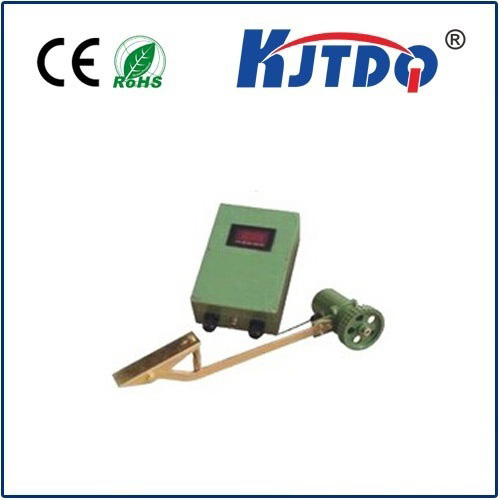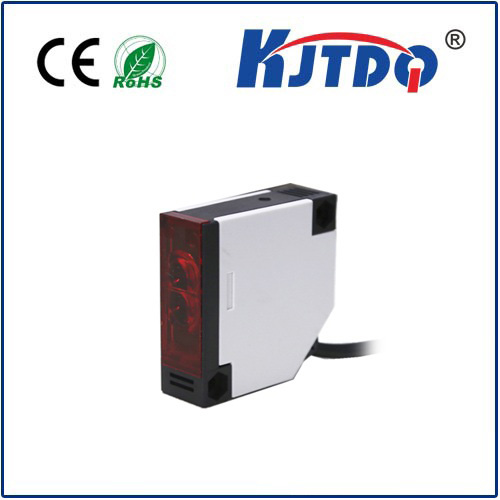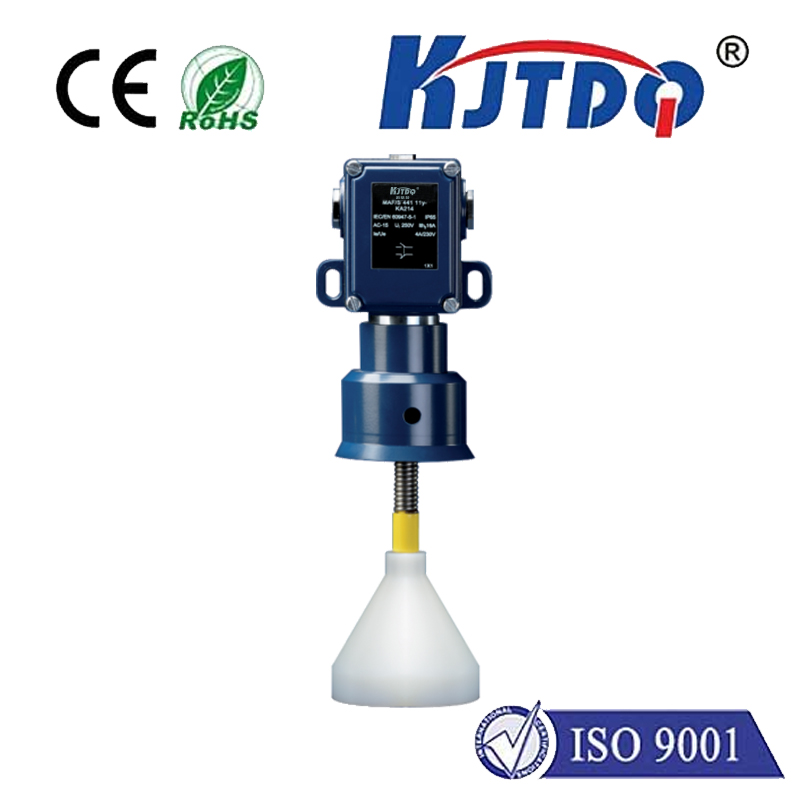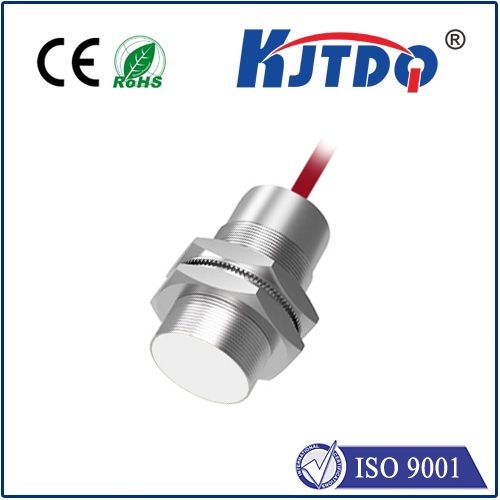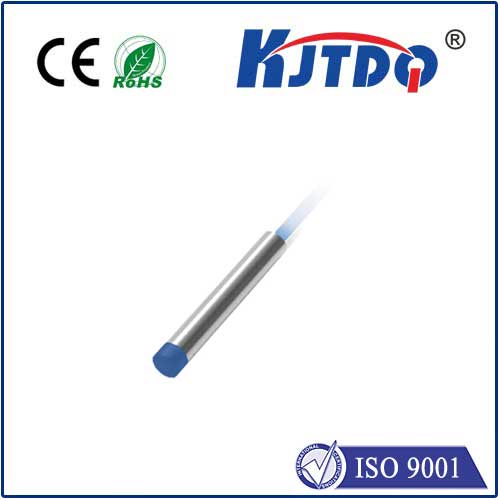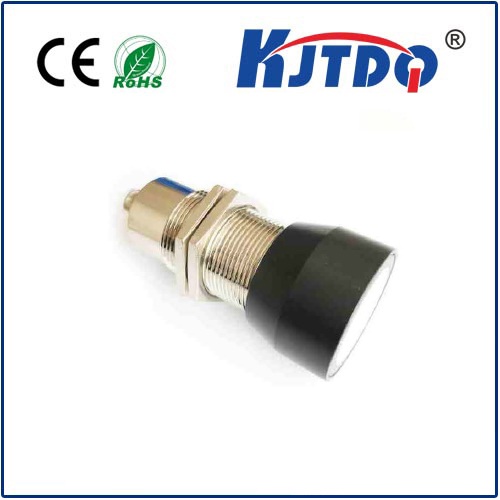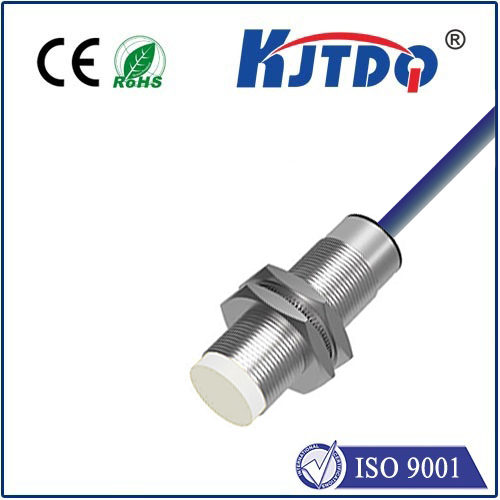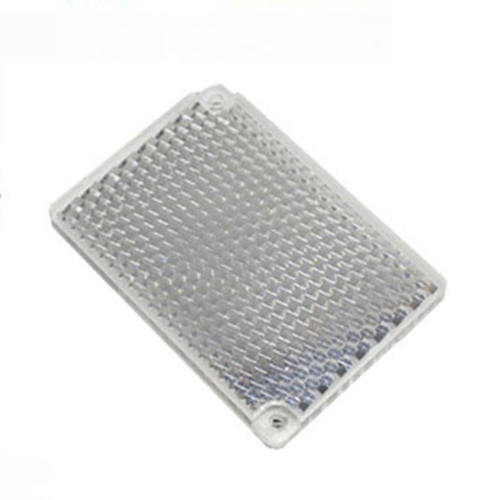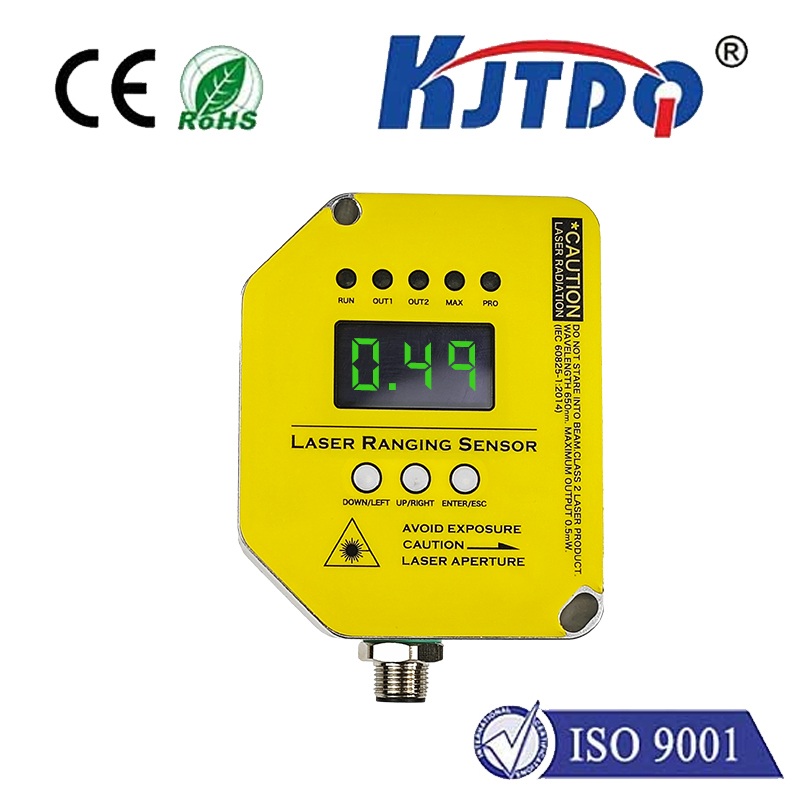optical touch sensor
- time:2025-08-15 01:31:33
- Нажмите:0
Optical Touch Sensors: The Clear Choice for Modern Interactive Surfaces
Ever tapped a giant display at a museum or navigated a kiosk at the airport? Chances are, you encountered an optical touch sensor. Unlike the capacitive screens on your smartphone, these ingenious systems rely on light, not electrical conductivity, to detect touches. This fundamental difference unlocks a world of possibilities for large-scale, durable, and versatile interactive surfaces, making them a critical technology powering everything from digital signage to collaborative whiteboards. But how do they really work, and why are they becoming the go-to solution? Let’s delve into the technology illuminating modern touch interaction.
Beyond Fingertips: The Core Principle of Light-Based Sensing
At its heart, an optical touch sensor operates on a beautifully simple concept: disrupting light. Instead of sensing a change in capacitance or pressure on a specific point, it continuously monitors light patterns across a surface. When an object – your finger, a stylus, or even a gloved hand – touches the surface, it interrupts these light beams. Sophisticated sensors and algorithms then pinpoint exactly where this interruption occurred.
This core principle is typically implemented using strategically placed components around the display frame:
- Infrared Light Emitters (IR LEDs): Mounted along one or two edges, these LEDs project a plane or grid of invisible infrared light across the surface of the screen. IR light is chosen because it’s invisible to the human eye and avoids interference with the displayed image.
- Light Sensors (Detectors): Positioned opposite the emitters (or at the corners), these sensors continuously capture the pattern and intensity of the IR light traveling across the screen surface. Common types include photodiodes or specialized infrared cameras (line-scan or area-scan).
- Controller & Processing Unit: This is the “brain” of the system. It constantly analyzes the signals from the light sensors. When a touch occurs, blocking specific light beams, the controller rapidly calculates the touch coordinates based on which beams were interrupted and the geometry of the sensor array.
Different Paths of Light: Key Optical Touch Technologies

While all share the light-disruption principle, several distinct implementations have evolved to meet varying needs and performance targets:
Infrared Grid (IR Frame): This is one of the most common and cost-effective designs. A frame surrounding the display houses discrete IR LED emitters along one or two sides and corresponding photodiode sensors along the opposite sides. The LEDs rapidly fire in sequence, creating a dense “grid” of invisible light beams just above the screen surface. A touch breaks specific X and Y axis beams, allowing the controller to triangulate the exact touch point with good accuracy. Its simplicity makes it ideal for kiosks and interactive tables.
Frustrated Total Internal Reflection (FTIR): Commonly found in advanced multi-touch tables and some interactive walls, FTIR leverages the physics principle of total internal reflection. Light from IR LEDs attached around the edges is internally reflected inside the thick acrylic or glass substrate (panel) itself, bouncing back and forth. When a finger touches the surface, it “frustrates” this internal reflection at that precise point, causing the IR light to scatter downwards. A high-resolution IR camera mounted beneath the panel then captures this scattering event as a bright blob, precisely mapping the touch location(s). FTIR excels at detecting multiple simultaneous touches and even touch pressure gradients, enabling rich multi-touch gestures.
Diffused Illumination (DI) & Diffused Surface Illumination (DSI): These methods illuminate the entire interaction area from below or the sides using diffuse IR lighting. A touch (like a finger) reflects significantly more of this diffuse light back towards an overhead IR camera than the background surface. The camera captures an image highlighting the touch point(s). DI/DSI is robust against surface contaminants and can work with almost any solid overlay, making it suitable for rugged industrial settings and rear-projection displays.
Laser Light Plane (LLP): This approach involves projecting one or more thin planes of laser light (scanned laser beams) just above the display surface. Sensors located at the corners detect when a touch breaks these laser planes. LLP systems can achieve very high touch resolution and are often used in large-format displays and touch tables requiring exceptional precision.
Why Choose Optical? Key Advantages Shaping Adoption
The shift towards optical touch isn’t arbitrary; it offers distinct benefits that solve real-world challenges:
- True Zero-Pressure Activation: Optical sensors detect the presence of an object blocking light, not pressure or electrical charge. This means they work flawlessly with fingers, styluses, gloved hands, or even unconventional objects, offering unmatched versatility.
- Superior Durability & Resilience: Without a delicate surface layer prone to scratching or cracking (like capacitive glass) and no need for tight physical spacing as in resistive screens, optical sensors are inherently tough. The active components (LEDs, sensors) are typically mounted safely within a protective bezel, shielded from direct user wear and tear. They resist scratches, impacts, and vandalism far better than traditional touch technologies.
- Large Format Scalability: Scaling capacitive touch to sizes beyond 100 inches becomes prohibitively expensive and complex due to signal degradation and manufacturing challenges. Optical sensors, however, excel at large sizes. Adding more IR emitters or extending camera fields of view is fundamentally simpler and more cost-effective. This makes optical the undisputed king for giant interactive displays.
- Multi-Touch Prowess: Technologies like FTIR and advanced DI/DSI paired with capable cameras inherently support tracking numerous touch points simultaneously. This enables complex gestures and collaborative interactions essential for modern digital whiteboards, command centers, and interactive exhibits.
- Clear Image Quality: Because the touch detection mechanism exists outside the display stack (as a frame, camera system, or illumination layer), optical sensors impose no penalty on image clarity. There is no need for a conductive overlay that might reduce brightness, contrast, or viewing angles – the underlying display shines through perfectly.
- Cost-Effectiveness at Scale: For large interactive installations (>32 inches), optical touch often provides the most economically viable solution, balancing performance, durability, and price.
Where Light Leads: Diverse Applications Enabled
The unique strengths of optical touch sensors have propelled them into countless environments:
- Digital Signage & Kiosks: Retail displays, information booths, wayfinding maps, ticketing terminals, and fast-food ordering systems benefit from their durability, glove compatibility, and large format potential.
- Interactive Whiteboards & Collaboration Displays: Educational settings and corporate meeting rooms leverage precise multi-touch and zero-pressure activation for seamless group interaction.
- Museum Exhibits & Visitor Attractions: Ruggedness, large size, and the ability to withstand constant public use make optical touch sensors ideal for interactive exhibits.
- Gaming & Entertainment: Massive multi-touch tables and interactive walls create engaging experiences in arcades and entertainment venues.
- Industrial Control & Command Centers: Glove compatibility, ruggedness, and large display integration are crucial for factory floor interfaces and mission-critical operations rooms.
- Retail & Hospitality: Interactive menus, product catalogs, and concierge services utilize the intuitive touch and reliability.
Considerations: Illuminating the Trade-Offs
While powerful, optical touch isn’t a universal panacea. Understanding limitations ensures the right technology fit:
- Ambient Light Sensitivity (Potential): Early IR grid systems could struggle in very bright, direct sunlight flooding the sensors. However, modern solutions use modulated IR light, sophisticated filtering, and higher-power emitters to mitigate this significantly. High-quality FTIR

